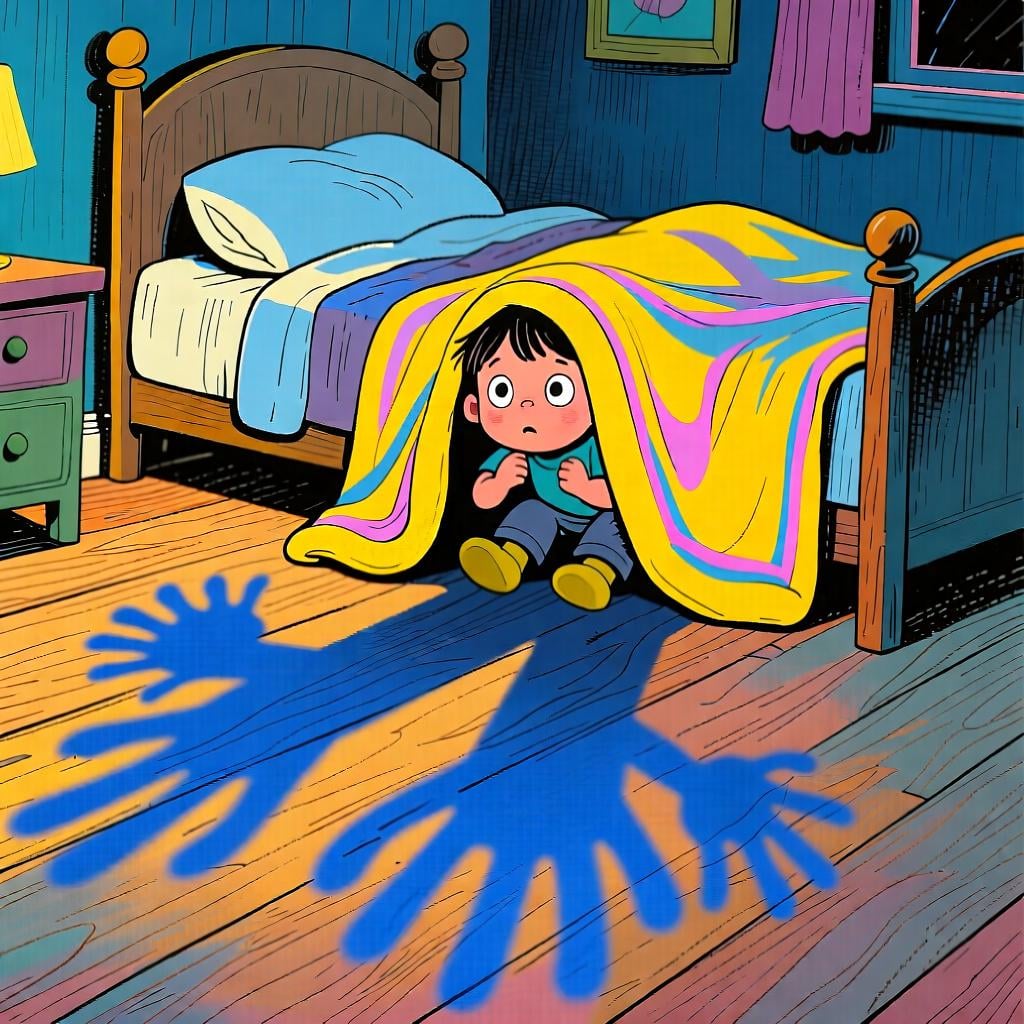
miedo
myeh-doh
📝 In Action
Tengo miedo de la oscuridad.
A1I'm afraid of the dark.
El niño gritó de miedo al ver el monstruo.
A2The child screamed with fear upon seeing the monster.
No tengas miedo, es solo un perro pequeño.
A2Don't be afraid, it's just a small dog.
Su mayor miedo es hablar en público.
B1His biggest fear is public speaking.
💡 Grammar Points
Using 'Tener' for Fear
In Spanish, you don't 'are' afraid, you 'have' fear. Always use the verb tener (to have). For example, 'Tengo miedo' (I have fear) literally, means 'I am afraid'.
Saying What You're Afraid OF
To say what you're afraid of, use tener miedo a or tener miedo de. Both are correct! For example, Tengo miedo a las arañas or Tengo miedo de las arañas both mean 'I'm afraid of spiders'.
❌ Common Pitfalls
Saying 'Soy miedo'
Mistake: "A common mistake is saying 'Soy miedo' to mean 'I am afraid'."
Correction: The correct way is 'Tengo miedo'. Remember, in Spanish, fear is something you *have*, not something you *are*.
⭐ Usage Tips
Describing Something as Scary
To say something is scary or that it scares you, use the phrase dar miedo. For instance, 'Esa película me da miedo' means 'That movie scares me' (literally, 'it gives me fear').
✏️ Quick Practice
💡 Quick Quiz: miedo
Question 1 of 1
Which sentence correctly says 'The clowns are scary'?
📚 More Resources
Frequently Asked Questions
What's the difference between `miedo` and `temor`?
`Miedo` is the most common, everyday word for 'fear'. `Temor` is a bit more formal or literary, and often suggests a deeper sense of dread or apprehension. For most conversations, `miedo` is the perfect choice.
Can I say 'Tengo miedo que...' to talk about being afraid that something will happen?
Yes, but be careful! When you do this, the next verb needs to change into a special form (called the subjunctive). For example, 'Tengo miedo de que **llueva**' (I'm afraid that it will rain). You'll learn more about this as you advance!